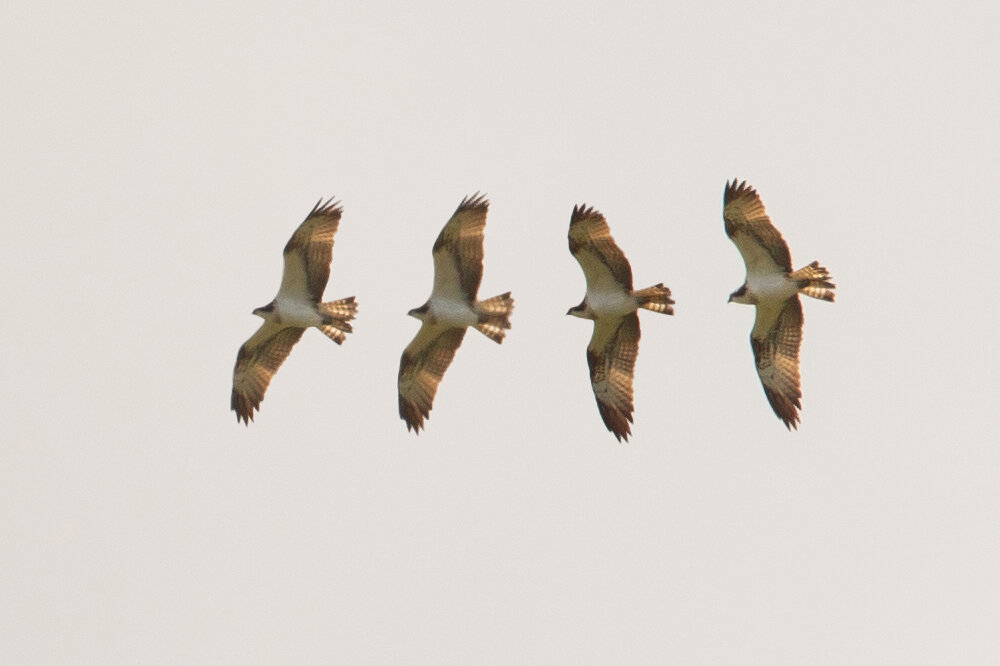Mediterranean Gull (second calendar year) over Ribchester CLICK IMAGES FOR LIGHTBOX
THE FIRST SILAGE CUT OF THE YEAR BROUGHT AN INFLUX OF GULLS TO RIBCHESTER, including at least three Mediterranean Gulls - two fine breeding plumaged adults and a second calendar year bird, found by Phil Larkin, the first time I’ve seen one of these here. Sadly that’s about all the dairy farming regime in the lower valley is good for in terms of attracting birds but it’s an ill wind! The freshly cut grass exposes food for the gulls and I saw the Meds eating several worms while I was there. Along with the Meds there has been a noticeable increase in the number of black-headed gulls, also mostly second calendar year birds (i.e. hatched last summer) and these have spent a lot of time dip-feeding in the foam lines on the river as well as feeding on the fields. I’ve never seen Med Gulls dip feeding here unfortunately, as it is a great way to photograph gulls, at eye level down on the riverbank as they fly into the wind.
There have been a few swifts over the village this week but I am yet to hear a whitethroat singing here this year, although for several reasons I haven’t done nearly as many walks this month as earlier in the year. The weather has been thoroughly depressing lately. Late March was nicer. Other highlights included a male sparrowhawk ripping a House Sparrow apart in the cedar tree in the garden of Churchgates, probably the best view I’ve had of one, it was so preoccupied it didn’t seem to notice me. There is a large starling flock around the fields near the farm at the moment, it’s that time of year when the youngsters leave their nests and go off into the countryside with their parents. They seem to have done quite well despite the weather!
Alston produced some High-Arctic-breeding shorebirds in the last week, grounded by the heavy rain - one (or two?) turnstones, a Wood Sandpiper and a Sanderling (I missed the latter), as well as double figure counts of Dunlin and Common Ringed Plover. It was a privilege, as always, but there is still time for something else in the next week or two. At last, the House Martins seem to have arrived too, with over 20 hawking in the rain over number one reservoir this afternoon in the company of swallows and a few Sand Martins.
Med Gull flight shots with the heather of Longridge Fell in the background
Dip-feeding Common Black-headed Gulls on the River Ribble at Ribchester
An Arctic-bound Ruddy Turnstone in its gaudy breeding plumage stops off at Alston
Soggy Roe Deer doesn’t seem to notice me for some reason?


